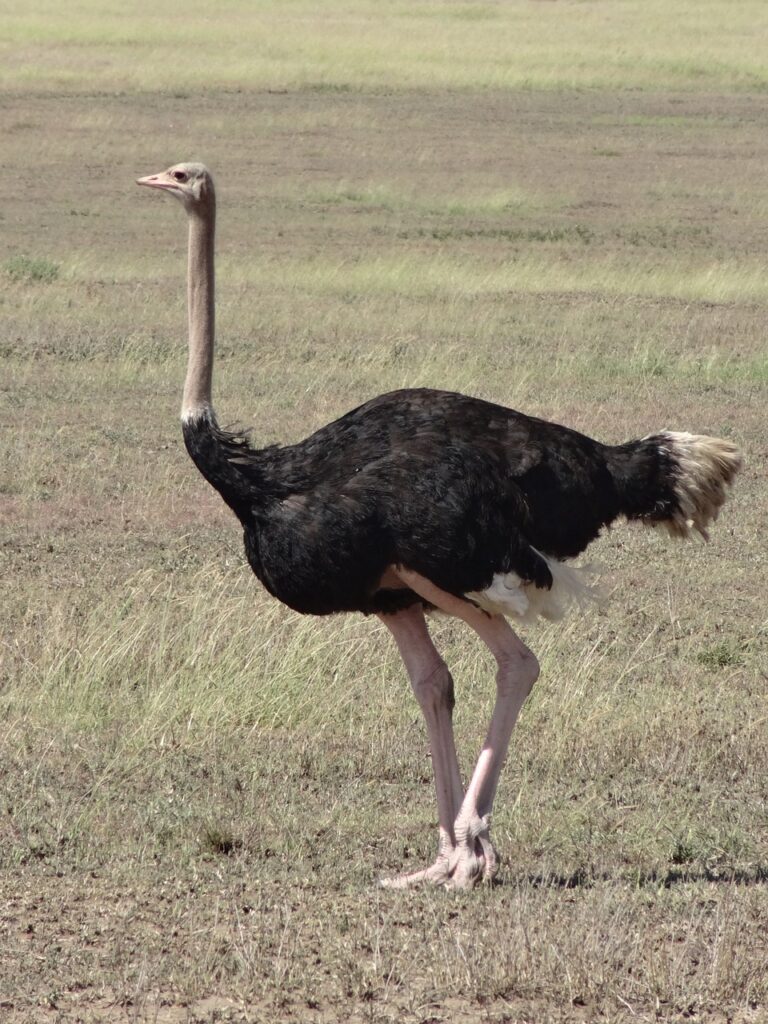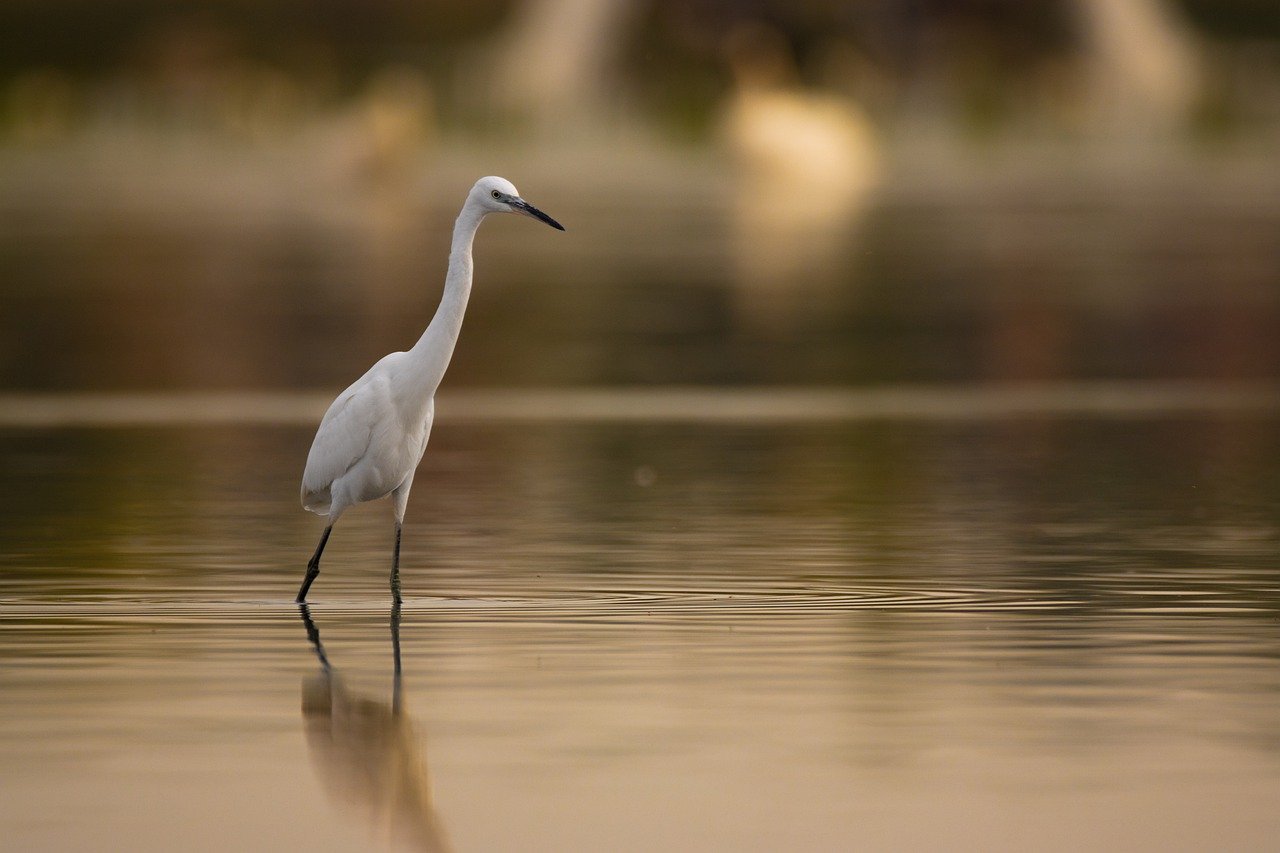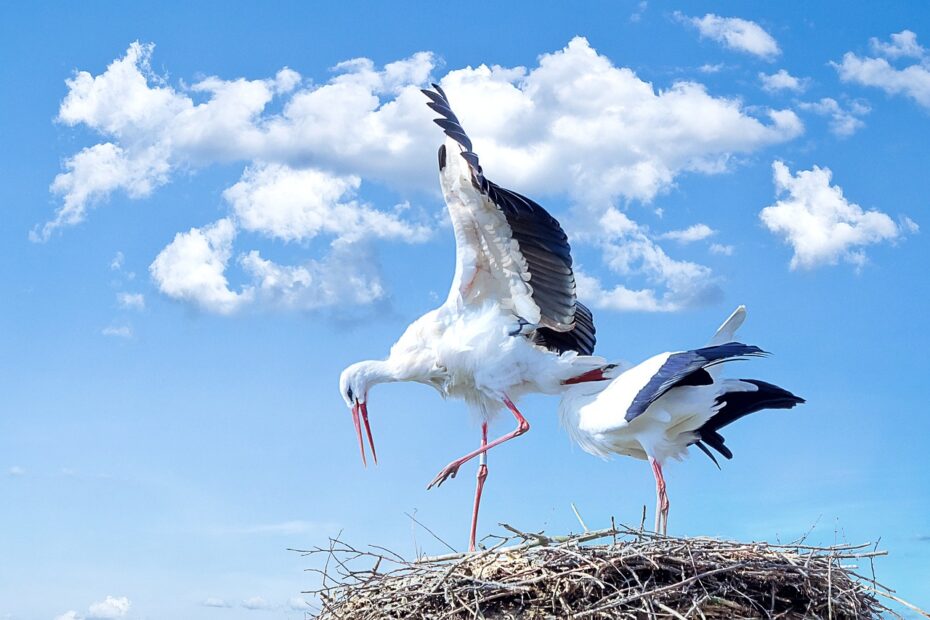The avian world is home to a diverse range of fascinating creatures, each showcasing unique adaptations. Among them, long-legged birds captivate our attention with their elegant appearance and distinctive behavior. In this article, we explore the world of long-legged birds, diving into their characteristics, habitat, feeding behavior, and their significance in ecosystems.
You may also want to read about the top 10 largest birds.
Characteristics of Long-Legged Birds
Long-legged birds, as the name suggests, possess elongated legs that enable them to navigate their aquatic habitats with precision and grace. These birds have adapted to life in wetlands, marshes, and shallow water bodies, where their long legs offer various advantages for foraging and survival.

Types of Long-Legged Birds
Several bird families are known for their long-legged species. Herons and egrets, with their slender bodies and dagger-like bills, are renowned for their striking presence along rivers and lakes. Flamingos, famous for their vibrant plumage and unique feeding behavior, are another iconic example. Storks and cranes, with their majestic appearance and elaborate courtship displays, add to the diversity of long-legged birds.
Habitat and Distribution
Long-legged birds inhabit a range of ecosystems worldwide. They can be found in both tropical and temperate regions, with preferences for wetlands, coastal areas, and inland lakes. From the shores of Africa to the wetlands of North America and the rice fields of Asia, these birds have adapted to thrive in various environments.
Feeding Behavior
Long-legged birds are primarily piscivorous, relying on a diet of fish as their main source of sustenance. However, their feeding behavior extends beyond fish to include other aquatic organisms such as crustaceans, amphibians, and even small mammals. With their long legs and sharp bills, these birds employ various hunting strategies, including stalking, spear fishing, and plunge diving.

Breeding and Nesting
The breeding rituals of long-legged birds are often elaborate and awe-inspiring. These birds engage in courtship displays, which may involve dances, vocalizations, and intricate plumage displays. Nest construction is a collective effort, with pairs or groups working together to build nests using twigs, reeds, and vegetation. Some species even construct elaborate platform nests on trees or in colonies.
Significance in Ecosystems
Long-legged birds play a vital role in the ecosystems they inhabit. By feeding on fish and other aquatic organisms, they help regulate prey populations and maintain a balance within their habitats. Their nesting sites often become important breeding grounds for other bird species, contributing to overall biodiversity and ecological stability.
Human Interactions
Long-legged birds have intrigued humans throughout history, inspiring art, folklore, and cultural symbolism. Their majestic presence and graceful movements have made them popular subjects for birdwatchers, photographers, and nature enthusiasts. Conservation efforts are underway to protect the habitats of these birds and raise awareness about their importance in preserving our natural heritage.
FAQs
Q: Why do long-legged birds have long legs? A: The long legs of these birds are an adaptation for wading in shallow water and navigating through wetland environments. The length of their legs allows them to forage in deeper water without submerging their bodies and maintain balance on unstable surfaces.
Q: What do long-legged birds eat? A: Long-legged birds primarily feed on fish, but their diet may also include crustaceans, amphibians, small mammals, and other aquatic organisms depending on their specific habitat and food availability.
Q: How do long-legged birds adapt to their habitat? A: Long-legged birds have evolved anatomical features, such as long legs, long necks, and specialized bills, to aid in foraging and capturing prey in their aquatic habitats. Their plumage may also provide camouflage and protection.
Q: Do all long-legged birds migrate? A: Migration patterns vary among long-legged bird species. While some species undertake long-distance migrations, others exhibit local movements or remain resident in their preferred habitats throughout the year.
Q: Can long-legged birds fly? A: Yes, long-legged birds are proficient fliers. Their long legs and necks may give the impression of being less agile in flight, but they are capable of taking off, flying, and covering considerable distances during migration.
